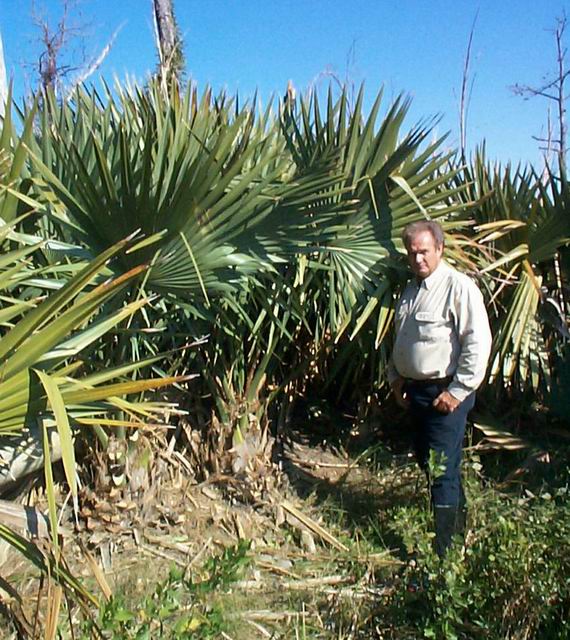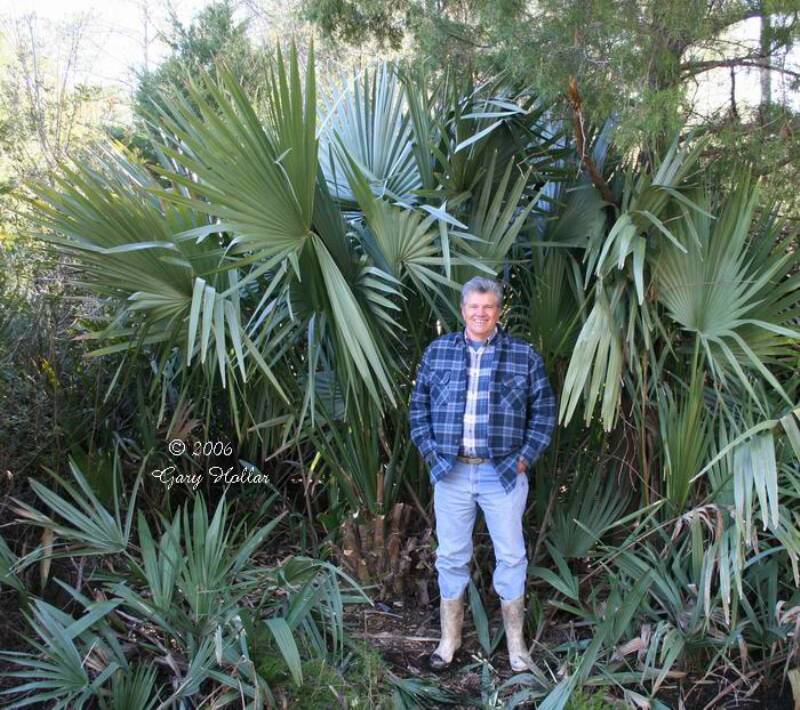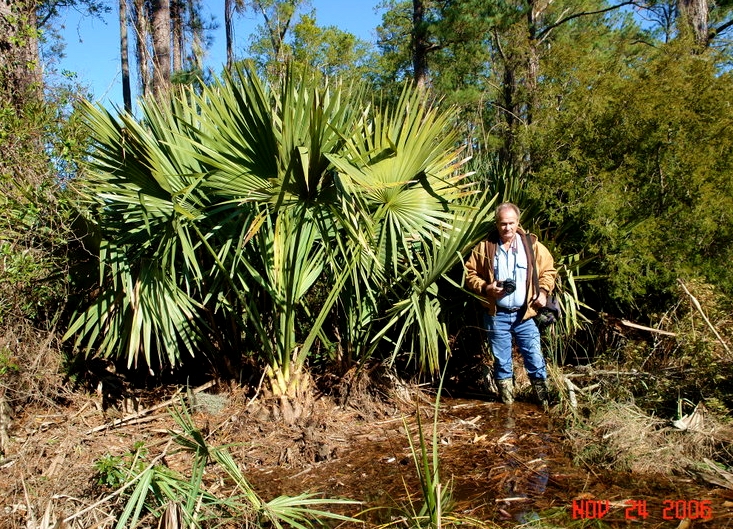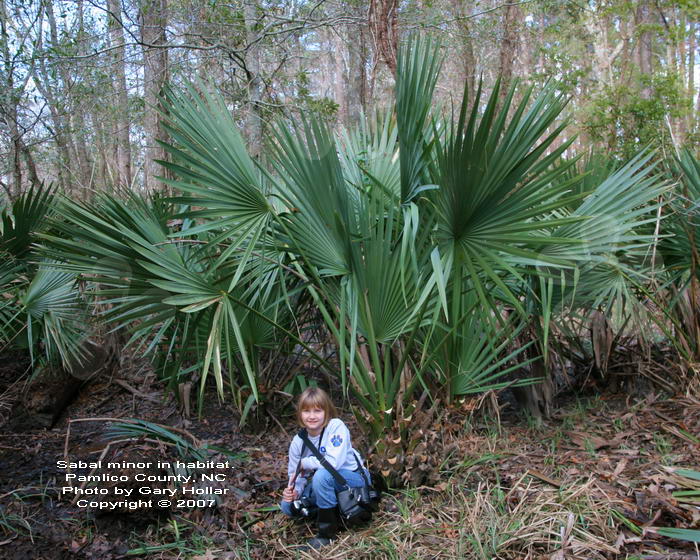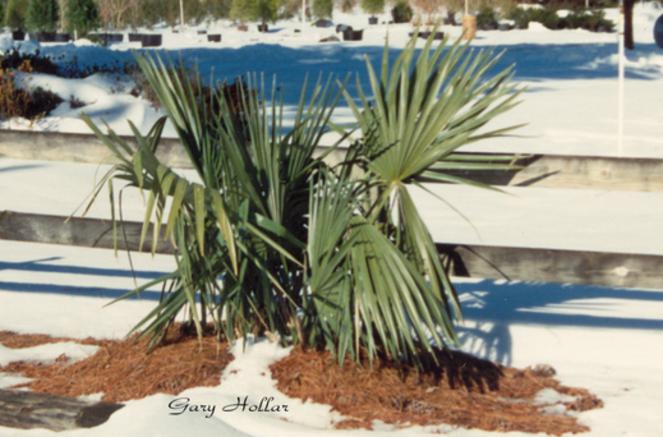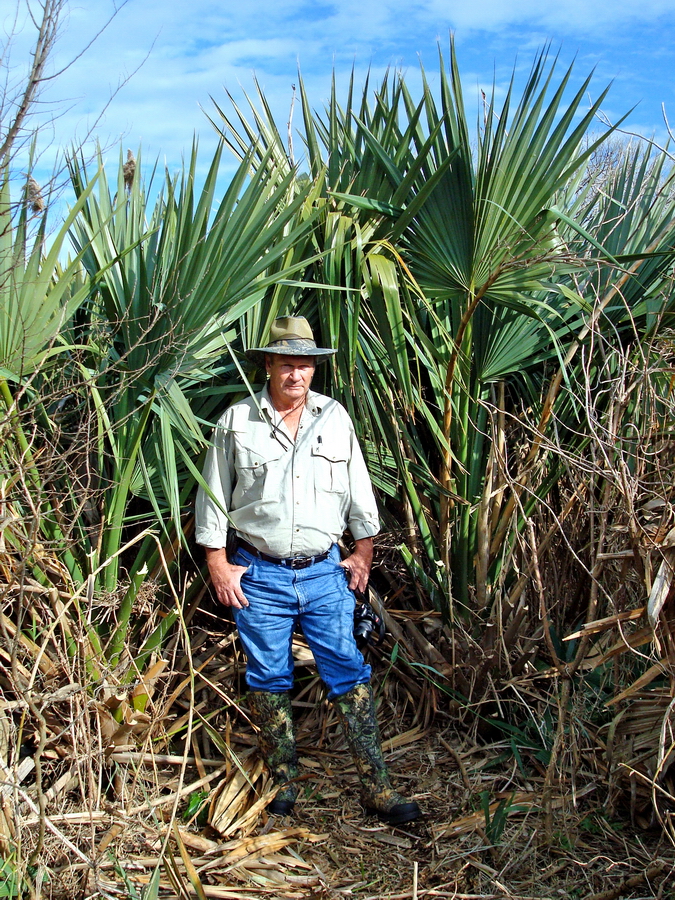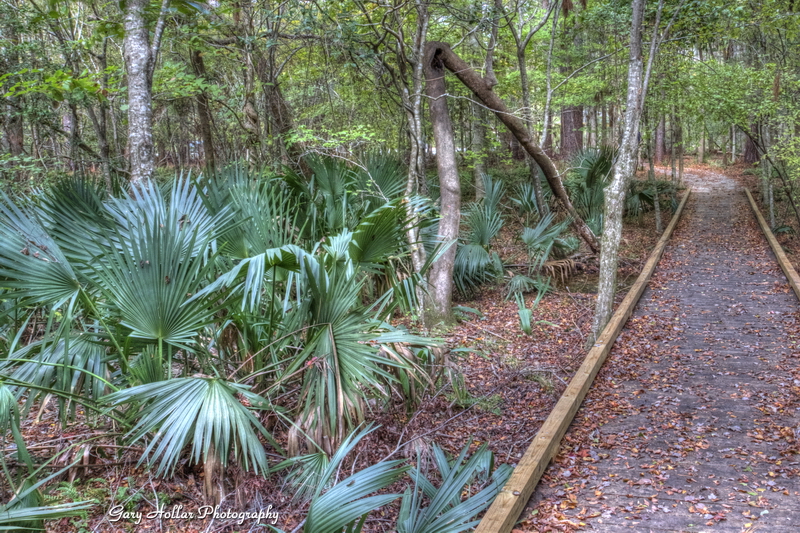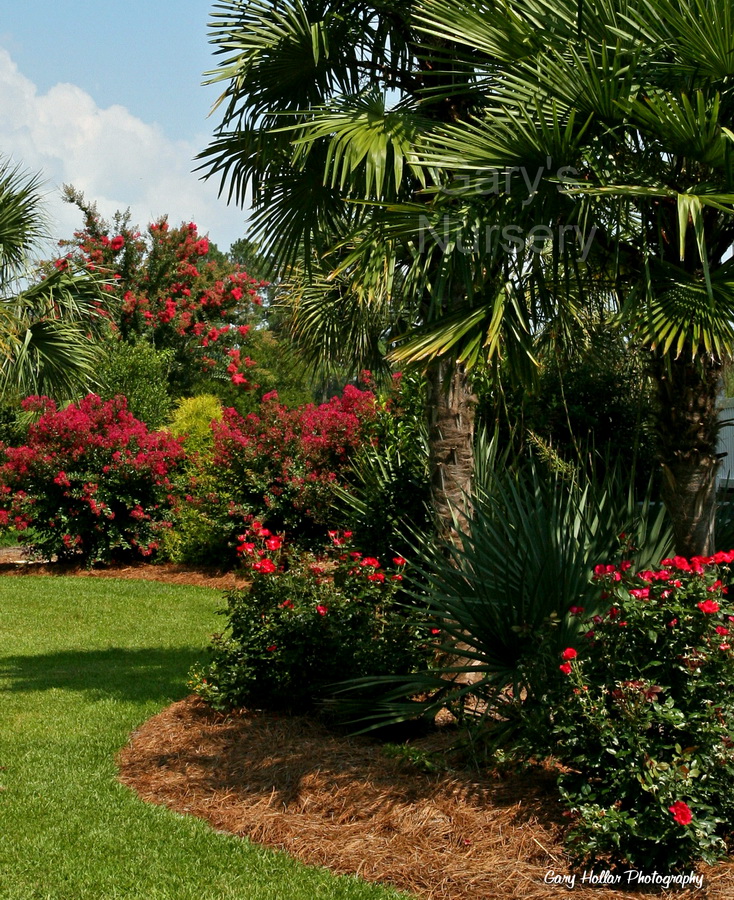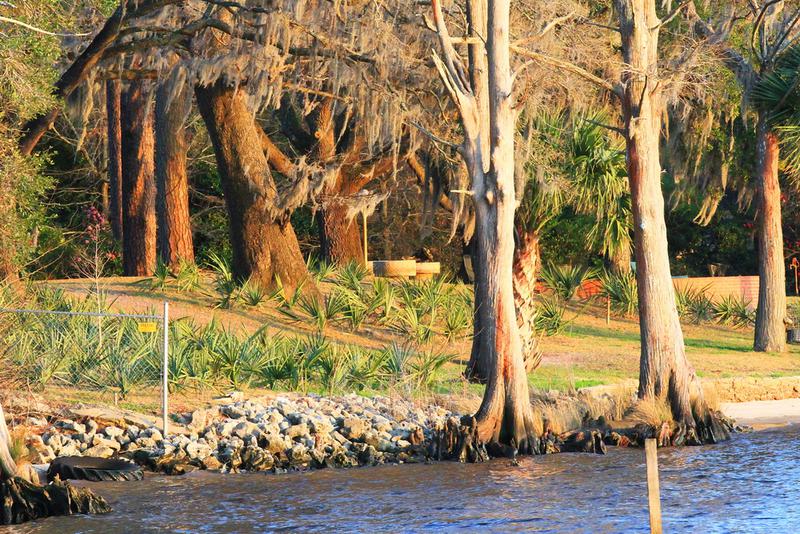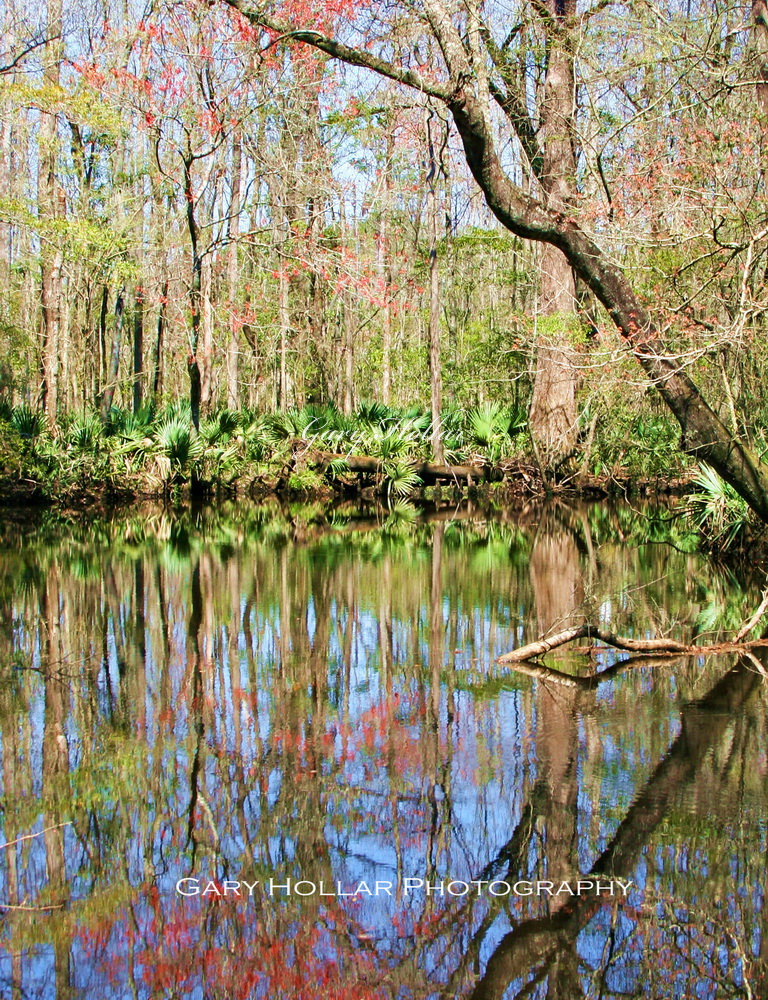Native Sabal Minor in North Carolina
Common Name: Dwarf Palmetto
Gary Hollar
Member: Southeastern (US) Palm Society
Past NC Director Southeastern (US) Palm Society
Past President Southeastern (US) Palm Society
Member: International Palm Society
Gary's Nursery, LLC. Commercial Palm Grower
New Bern, NC
Copyright © Gary Hollar 1999-2025
The most widely distributed native palm in the continental United States. It is native to NC, SC, GA, FL, AL, MS, LA, TX, OK and AR. This small palm was the first palm in the United States to be botanically named and described. The common name is Dwarf palmetto.
Sabal minor (Dwarf Palmetto) is native to most of the NC counties adjacent to the coast and several counties inland from the central coastal plain and south.. It is a very cold hardy bush type palm growing beside creeks and rivers here in eastern NC . The most common size found in habitat here is around four to six feet with no visible trunk, however we have found specimens up to ten feet or so in height with small one to two foot trunks in Hyde, Brunswick, Beaufort, Pamlico, Carteret and Currituck Counties.
In recent years Sabal Minor has emerged as a desirable landscape specimen. They are planted as singles or in groups in wet, shady areas where many other plants would not thrive. Minors can also be planted in full sun in wet or dry soil and they make a wonderful under-story plant.
Very old trunking Sabal minor over eight feet tall in western Hyde County, NC beside the Pungo River.
Photo by Carl Cornelius
Most native Sabal minor in NC have palmate leaves. Here is a leaf from the large specimen, in the next photo, in Washington in Beaufort County NC, with somewhat costapalmate leaves.
Sabal minor used as foundation shrub. This palm was rescued from in front of a building that was going to be moved in downtown New Bern and I was asked to rescue it. I rescued it and planted it at my home after a couple years of recovery in our nursery. It had been struggling in very dry and poor soil at the original location for years. Now under good care it is thriving.
It is reported by many that Sabal minor are impossible to dig except very small seedlings. After 40 years of growing Sabal minor we have been able to do that. Not the easiest palm to transplant but it can be done.
Sabal minor used as an under-story plant under Crape Myrtle. Nice contrasting color, drought tolerant with the ability to take sun or shade. The deer don't seem to bother them but they along with birds and other critters enjoy the seed. Grown from local native seed.
Gary's Nursery supplied these Sabal minor to Lloyd's Nursery, near Wilmington, for use as a transition plant between a marsh and a lawn area at a project near Wilmington. Lloyd asked me to stay that day and help lay out the beds. Around 800 3 gallon were planted among a few existing ones.
Extremely old Sabal minor found by Carl Cornelius along a tributary of the Pungo River in Hyde County, NC. They grow wild in extremely wet or dry conditions when established but faster on the wet side. I stand 6'-4"
Photo by Carl Cornelius
Above: Nursery grown Sabal minor around 10-12 years from seed.
Sabal minor (Dwarf Palmetto) in production way back in 2005. All grown from seed collected in NC, Gary's Nursery in Craven County, near New Bern, NC.
My palm hunting friend for the last 30 plus years, Carl Cornelius, with Sabal minor 8-9 feet tall in Pamlico County, NC.
In 2006 the late, great palm hybridizer, Dr. Merrill Wilcox, from Florida, came to visit our nursery and wanted to see this specimen. I was honored to take him there. He couldn't believe we had such large native Sabal minor specimens here in NC. These very large Sabal minor are many times erroneously thought to be Sabal palmetto.
Large 8-9 ft Sabal minors growing in a hardwood swamp in Pamlico County near Oriental, NC. I took my friend and fellow NC nurseryman, Tony Avent, to this site to take photos and collect seed and he now markets this as Sabal minor "Oriental Giant". This was his first trip to see native NC Sabal minor in habitat.
Our young daughter at the time loved going with me to take photos but since Mommie doesn't do swamps she stayed on higher ground and watched us.
Above: Sabal Minor planted at Gary's Nursery in 1986 and is shown here after 4 below zero in1989. No major damage.
Below: The same Sabal minor above is shown 36 years later, in 2022, in the middle of larger offspring from naturalizing. These have had no supplementary water over the years.
Native Sabal minor on Monkey Island, NC in the Currituck Sound. After this trip in December 2007 I sent two 9' leaf specimens to the herbarium in Raleigh, NC to document with actual leaf samples the most northern known native location of Sabal minor. Others had recently written a paper stating that the most northern population was in Martin County but I had read Liberty Hyde Bailey's account of observing them in Perquimans County in 1944 and had seen photos of them on Monkey Island in the Currituck Sound, a few miles south of the VA line. .
After assistance from my friend, Jesse Perry of the Museum of Natural Science in Raleigh, I obtained a Federal Permit and was taken there by boat by a ranger with the US Fish and Wildlife Service.
No one had ever collected leaf samples from the Monkey Island population for herbariums, so that was my mission.
A native population of Sabal minor in Craven County with a foot bridge through it.
Above: Sabal minor used as a shrub under taller palms at our home in Craven County, NC
Sabal minor as erosion control, we grew from local seed sources, planted along a riverbank in Craven County, NC. The roots of Sabal minor do an excellent job of stabilizing the soil. Will take shade, full sun, wet or dry soil. Deer resistant and the plentiful seed are devoured by birds, deer and bear. It is also a great pollinator plant loved by bees and butterflies.
Very old Sabal minor with offspring in Washington, NC well over half a century in age.
Sabal minor in native habitat in Craven County, NC in the Spring. I have visited this beautiful location and taken hundreds of photos here for many years.
All content Copyright © Gary Hollar 1999-2025
Please use only with written permission.
I thank you.
